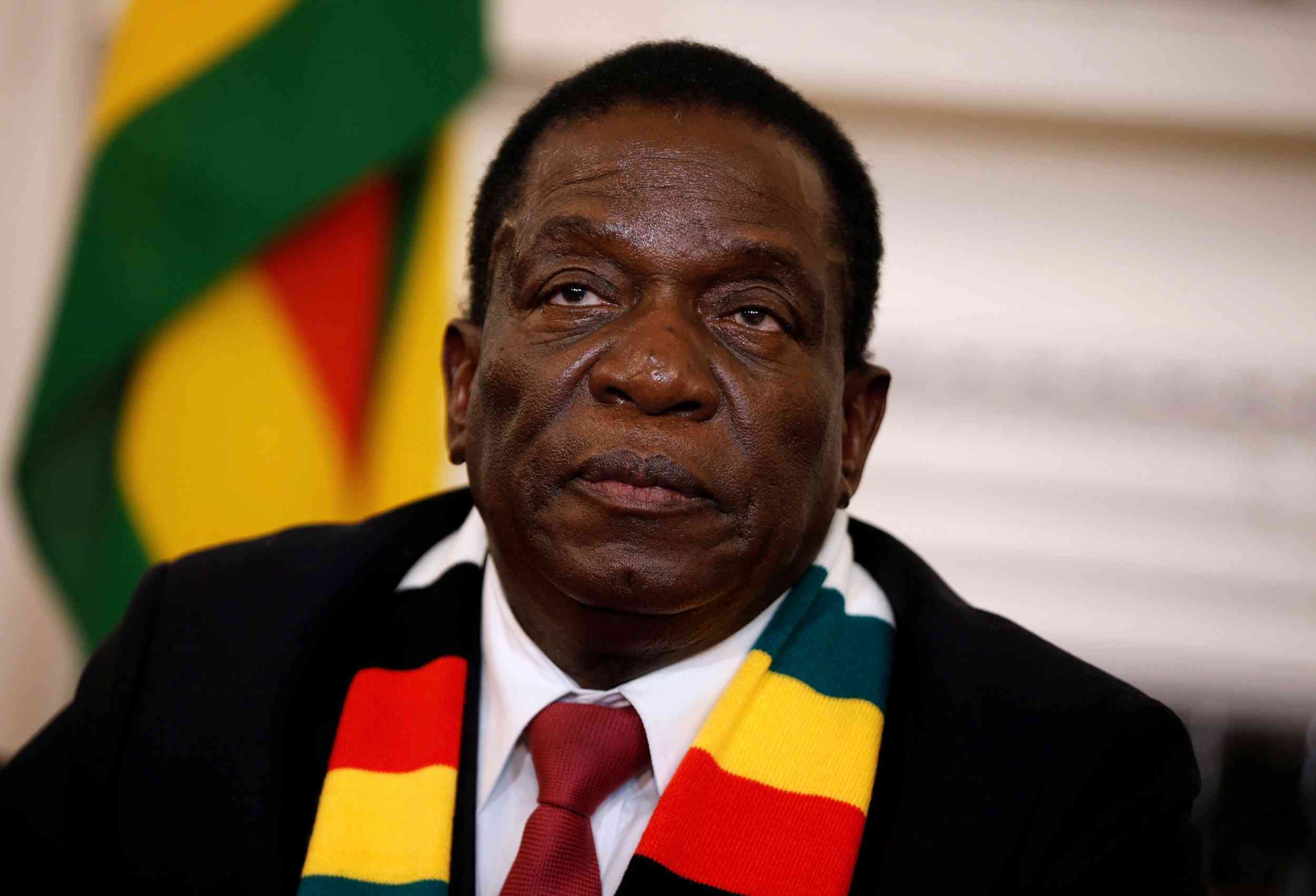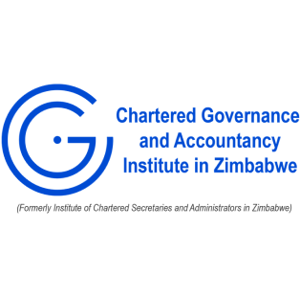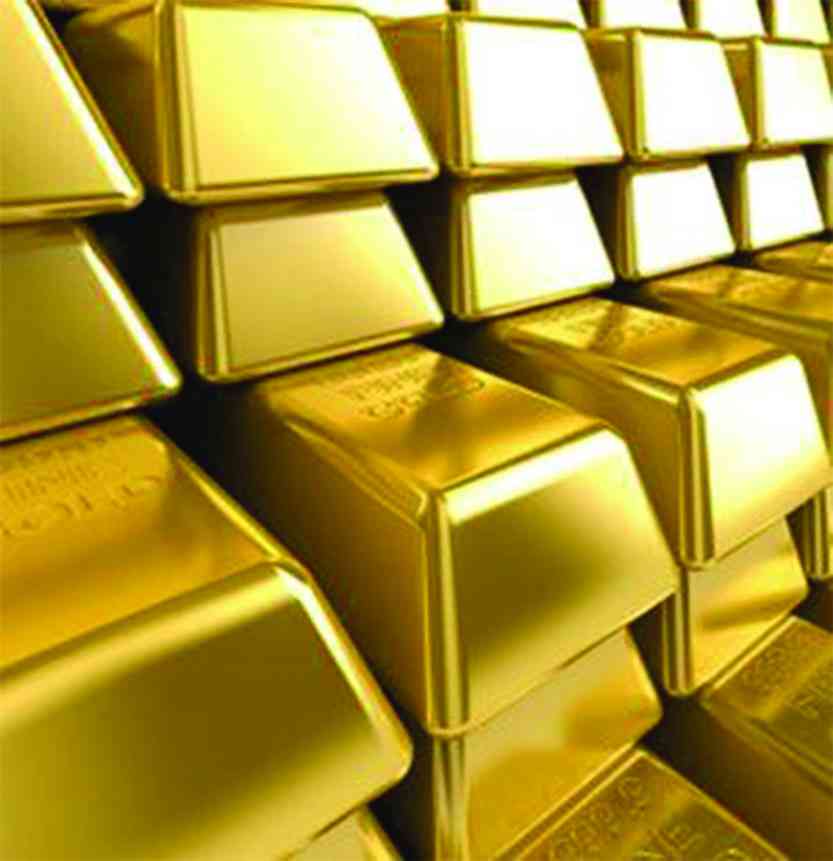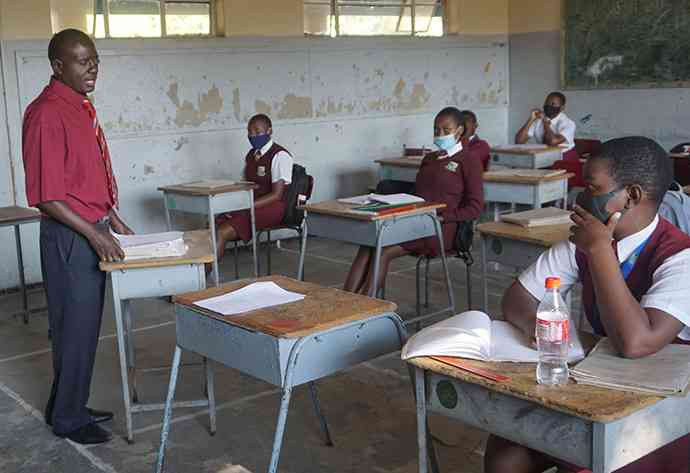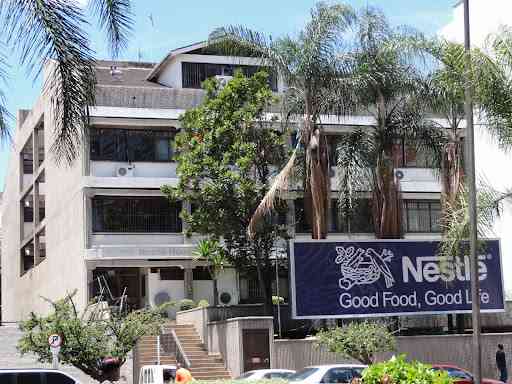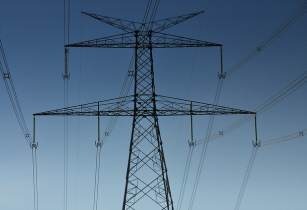
BY MTHANDAZO NYONI
THE Zimbabwe Energy Regulatory Authority (Zera) expects to licence about 12 more independent power producers (IPPs) this year, a development which, if implemented, could see the country’s power deficit gap slashed significantly.
Zera acting chief executive officer Eddington Mazambani told NewsDay that the authority was working on reducing the country’s power deficit.
“Eleven independent power producers were licensed in 2018 and about 12 IPPs are expected to be licenced in 2019,” he said.
Over the last five years, Zimbabwe’s energy regulator has licensed more than 30 IPPs, but only eight of those have taken off and were currently operational.
Authorities in the southern African nation liberalised the country’s energy sector in a bid to promote participation of private capital, but with little foreign capital flowing into Harare because of its status as a high-risk investment destination, most of the projects have suffered a stillbirth.
Some of the IPPs which have managed to take off include Duru mini hydro (2,20MW), Green Fuel (18,30MW), Nyamhingura Mini Hydro (1,10MW), Hippo Valley Estates (33MW), Triangle Estates (45MW), Pungwe Power Station (19MW).
Most of the IPPs are situated in the eastern border province whose mountainous terrain has proved to be conducive for mini-hydro power plants.
- Chamisa under fire over US$120K donation
- Mavhunga puts DeMbare into Chibuku quarterfinals
- Pension funds bet on Cabora Bassa oilfields
- Councils defy govt fire tender directive
Keep Reading
According to Zera, IPPs contribute 137,08 gigawatt hours to the national grid.
Mazambani said the country’s generation capacity was constrained due to low water levels at Kariba Dam, but it is hoped the levels would rise by June and July.
“Improved generation capacity is expected at Hwange Power Station as on-going maintenance works will be completed,” he said.
As of yesterday, Zimbabwe was producing an average of 1 120 megawatts (MW) of electricity against the national demand of 2 400MW.
Kariba was producing 711MW, Hwange (375MW), Harare (15MW), Munyati (10MW) and Bulawayo 9MW.
In a bid to reduce the country’s power import bill, government has been working on new power generation projects that ultimately intend to make the country a net power exporter.
In a statement recently, the Zimbabwe Power Company indicated it had been issued a generation license for Munyati Solar Power plant by Zera.
“While we concentrate on new projects, we also look for innovative avenues to continuously improve and prolong the life (span) of our existing plants,” the company said.

